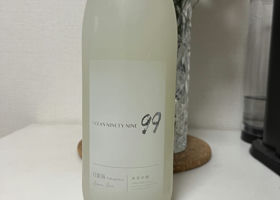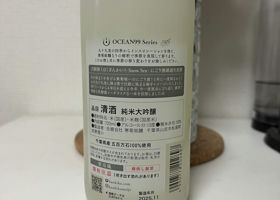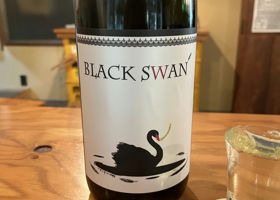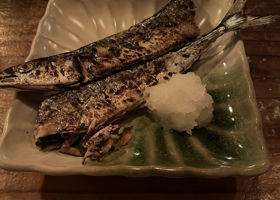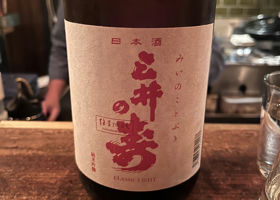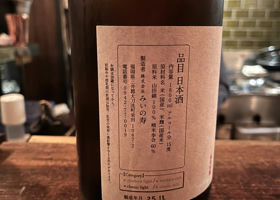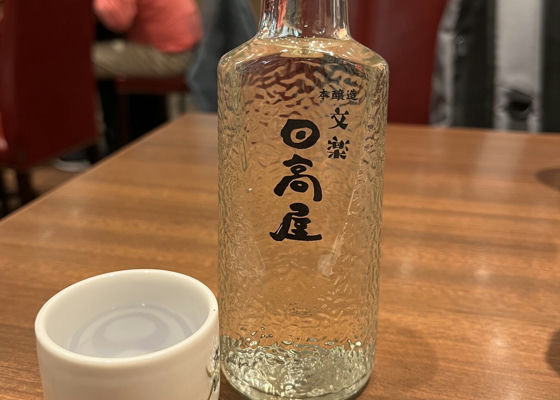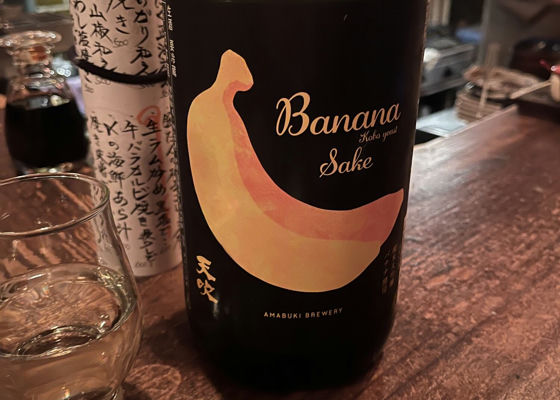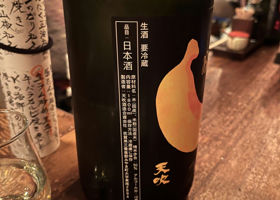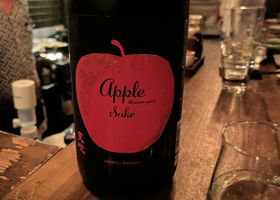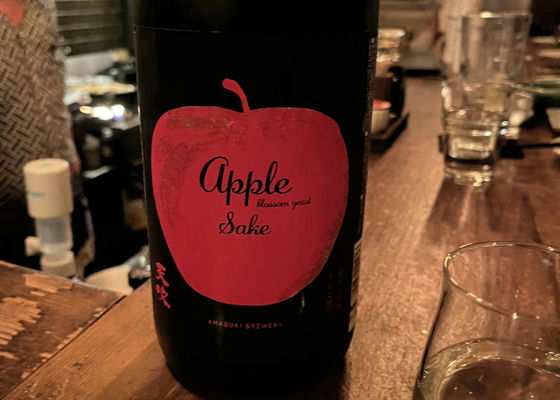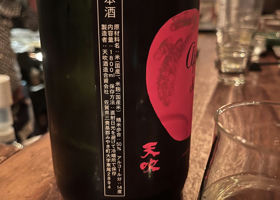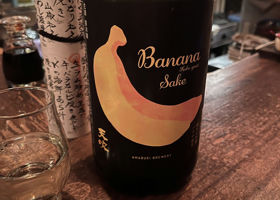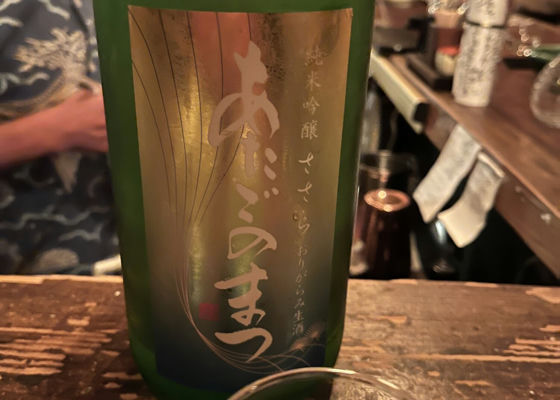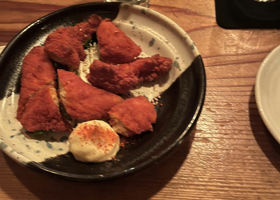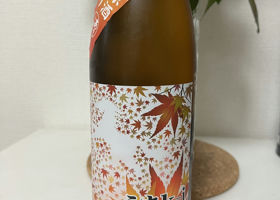
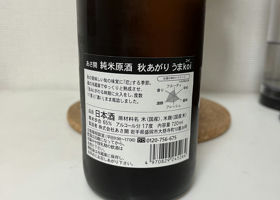
(カワダ調べ)
chives (Allium schoenoprasum var. schoenoprasum)
Sake received from my sister-in-law. The part where the red leaves are missing is a horse. The sake we received is delicious. It was served hot.
The name "Asabiraki" comes from the word "Asabiraki" in the Manyoshu, which symbolizes the opening of a new era.
The Nanbu Touji, Mr. Masahiko Fujio, is known for his high level of skill, having received the "Contemporary Master Craftsman" award in 2005 and the "Medal with Yellow Ribbon" in 2008.
Japanese>English


